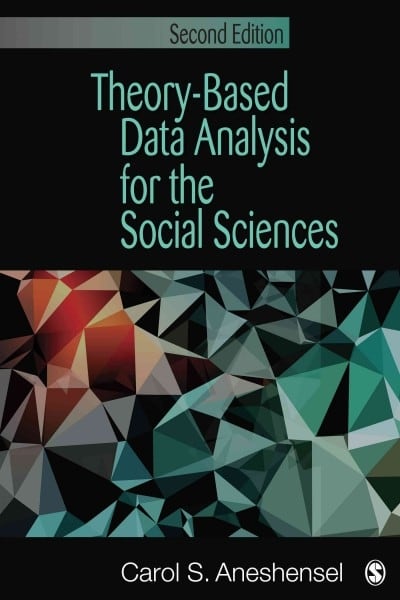Question
Read through the observations and answer questions below Deacon was in the family grouping room grabbing magnets from a tub and shaking them between their
Read through the observations and answer questions below
Deacon was in the family grouping room grabbing magnets from a tub and shaking them between their fingers watching them fall to the ground. He continued this repeatedly until stopping and separating all the magnets into different colours. Although they don't talk Deacon began to mumble along with the magnets. I walked over and looked at what he was doing and noticed they were grouping the magnets e.g., one pink magnet, two pink magnets, etc. A child came over to see what they were doing and said how well Deacon was doing, Deacon looked at them and quickly looked back down continuing with the magnets. A baby crawled past Deacon who then quickly precented to shove the baby to the ground, ignoring the babies' cries. An educator moved the baby and told Deacon to say sorry, Deacon ignored the educator until the educator removed the magnets from Deacon's hands. Deacon began to scream and cry pulling away from the educator trying to reach for the magnets. Deacon continued to scream, in turn making the babies in the room scream and cry. Deacon then rocked back and forth in a ball, while the educators removed the babies as they seemed to be setting off Deacon more.
After the babies were removed Deacon stopped rocking and turned to the wall grabbing at the numbers. Deacon grabbed them off the wall and placed them next to the correlating piles of magnets. Deacon than got coloured items that matched the magnets and placed them in the group as well. Deacon than became to rock back and forth while vocalising again.
Evaluations/ reflections
What aspects of the child's development have you discovered from this observation?
From the observation, it became apparent that Deacon faced challenges in various aspects of development.he exhibited difficulties with social communication and interaction, often preferring to engage in solitary activities. Deacon had limited eye contact and struggled to understand and respond appropriately to verbal and nonverbal cues from others.Additionally, he displayed repetitive behaviours, such as, vocalisation and rocking back and forth when excited or overwhelmed.
Is there any evidence of the child's knowledge, ideas, abilities, or interests?
Despite their challenges, there were indications of Deacon's knowledge, abilities, and interests.He showed a keen interest in numbers and shaking item between his hands, watching them tumble to the floor. Deacon was able to perform exceptional memory recall for numbers and patterns.However, his communication skills were limited, and they faced difficulties expressing their ideas and interests effectively.
What influences may be impacting on the child's behaviour and how is this informing their responses?
Several influences appeared to impact Deacon's behaviour.Sensory sensitivities played a significant role, as he demonstrated hypersensitivity to certain sounds, in this case it was the crying of the babies.Sudden or unexpected changes in his environment often caused distress and led to self-stimulatory behaviours to cope.Deacon's need for routine and predictability was evident, as disruptions in their schedule would result in heightened anxiety and resistance to transitions.
Describe the child's reactions to the play environment?
Deacon's reactions to the play environment were distinctive.he preferred engaging in solitary activities that allowed him to immerse oneself in his own world of interests, such as numbers and manipulation of objects.Deacon showed little interest in engaging with peers or participating in group activities, often becoming overwhelmed by the noise and commotion. he sought out repetitive and predictable play patterns, often lining up toys meticulously or organizing objects in a specific order.
What are the needs of other children who may be affected by the behaviour?
The behaviour exhibited by Deacon could have an impact on other children in the play environment. Due to their limited social interaction skills and difficulty understanding social cues, his peers may have found it challenging to engage with him. It is essential to promote understanding and empathy among all children, providing them with education and guidance on how to interact with Deacon in inclusive and supportive ways. By fostering a sense of acceptance and encouraging social inclusion, the needs of both Deacon and their peers can be met effectively. Children are also being physically hurt from Deacon's actions this could cause the children to become scared of them and older children. The needs of these children will need to be met through reassurance that they are okay. More supervision will need to be required to avoid Deacon hurting anymore children.
- child's strengths, interests and needs
- summary of the child, abilities, goals possible for child long and short
- in depth goals
- strategies to support the goals
- adaption to routine/environment to support the plan
Step by Step Solution
There are 3 Steps involved in it
Step: 1

Get Instant Access to Expert-Tailored Solutions
See step-by-step solutions with expert insights and AI powered tools for academic success
Step: 2

Step: 3

Ace Your Homework with AI
Get the answers you need in no time with our AI-driven, step-by-step assistance
Get Started


